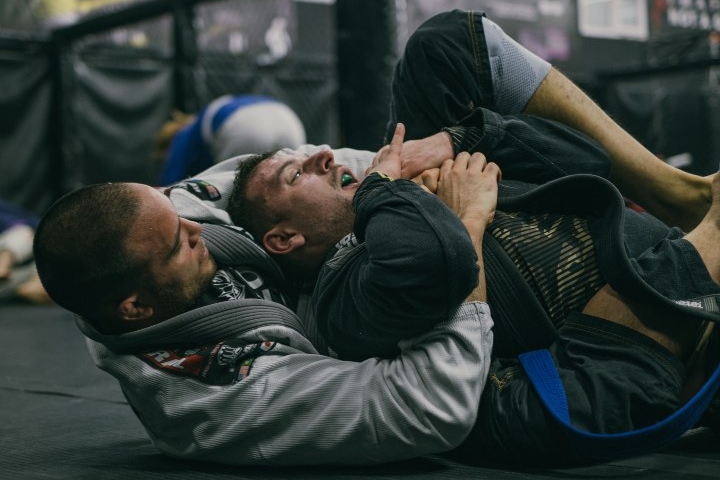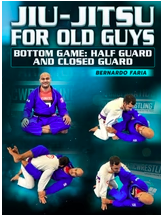Despite your efforts in physical preparation, maintaining a healthy diet, training diligently every day, and doing everything to be in optimal physical condition, there will inevitably be a moment when your body starts to feel the strain.
It could be due to difficulty in controlling the adrenaline during a competition, which ends up overpowering your body. Alternatively, the rigorous training routine may eventually lead to fatigue and a decline in physical performance. This is undoubtedly a challenging moment, but nearly every practitioner of Jiu Jitsu has experienced it and felt completely lost when it happened.
Today, we will provide you with some essential tips to help you make informed decisions and be prepared for the worst. Please watch this post until the end and take advantage of our advice.
1 – Focus on your breathing
Proper breathing is crucial for maintaining composure and catching your breath. Panicking will only exacerbate the situation. Whenever you feel your energy diminishing during training, try to control your breathing. In addition to helping clear your mind and promote calmness, controlled breathing assists in regulating your heartbeat, allowing you to return to a normal state and continue the fight or training session.
If you become desperate and attempt reckless moves during this moment, you are likely to be submitted, as your opponent will have more energy and a greater advantage in combat.
2 – Rely on trusted positions
Everyone has positions they feel most comfortable in for recovery and continuing the roll. While it is natural to desire positions of absolute dominance, such as the mount or back take, reaching those positions requires energy expenditure. Therefore, when you are tired, focus on positions that you can manage and where you can maintain control over your opponent without exposing yourself too much, such as the closed guard.
The half guard is also a position that, when properly utilized, serves as both a “rest” and an attacking position. Leonardo Saggioro, for example, excels in this position and often utilizes it during competitions and training to regain his energy while his opponents struggle to pass, ultimately sweeping them at the opportune moment.
3 – Employ stalling tactics strategically
Although it may seem peculiar and even unethical to suggest this, if you find yourself in a competition where you are winning, there is little time left, and you are already exhausted, why would you expose yourself? There is a chance that you might make a mistake, and your opponent could capitalize on it by submitting you or scoring valuable points that could put them ahead in the fight.
This tip primarily applies to competitions. During training, it is ideal for you to always seek situations where you can maintain control without getting entangled. By doing so, not only will you avoid gaining a reputation as a “staller,” but you will also prevent your Jiu Jitsu from stagnating.
4 – Develop potent submission techniques
This is our top recommendation! In fight scenarios, especially if you are losing and time is running out, surprising your opponents becomes crucial. We understand that, in many cases, executing a sweep or takedown alone may not be sufficient to turn the tide of the match.
That is why it is essential to have a diverse arsenal of submissions that consistently yield results!
Fight from bottom with half guard and closed guard, positions that help older guys, with systems that have been proven in competition.
- Bernardo Faria won 5 black belt IBJJF World Championships using these systems – and now he teaches every detail so it can help you.
- Don’t ever rely on speed or scrambling as Bernardo shows you his systems for single legs, deep half, omoplata, and more across 5 volumes.






















